Bioeconomy and circular economy
In the bioeconomy, renewable resources are used to produce nutrition, energy, products and services.
The main goal of the bioeconomy and circular economy is to conserve natural resources and utilise materials efficiently and sustainably.
This decreases our dependence on fossil fuels.
The bioeconomy and circular economy can help to generate green growth and create new jobs.
-
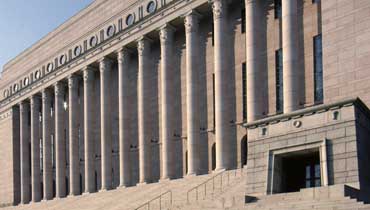
The Finnish Bioeconomy Strategy was drawn up by the Ministry of Agriculture and Forestry, the Ministry of Employment and the Economy, and the Ministry of the Environment.
-

Forests, fish resources, water, food and agriculture are all key parts of bioeconomy.
-
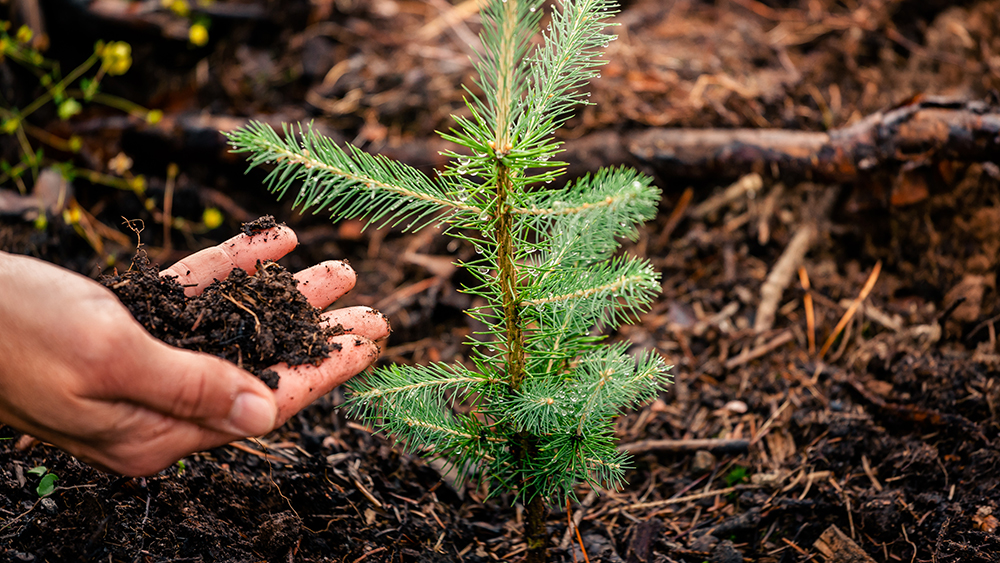
Forests form the foundation of Finnish bioeconomy and are the country’s most valuable natural resource.
-
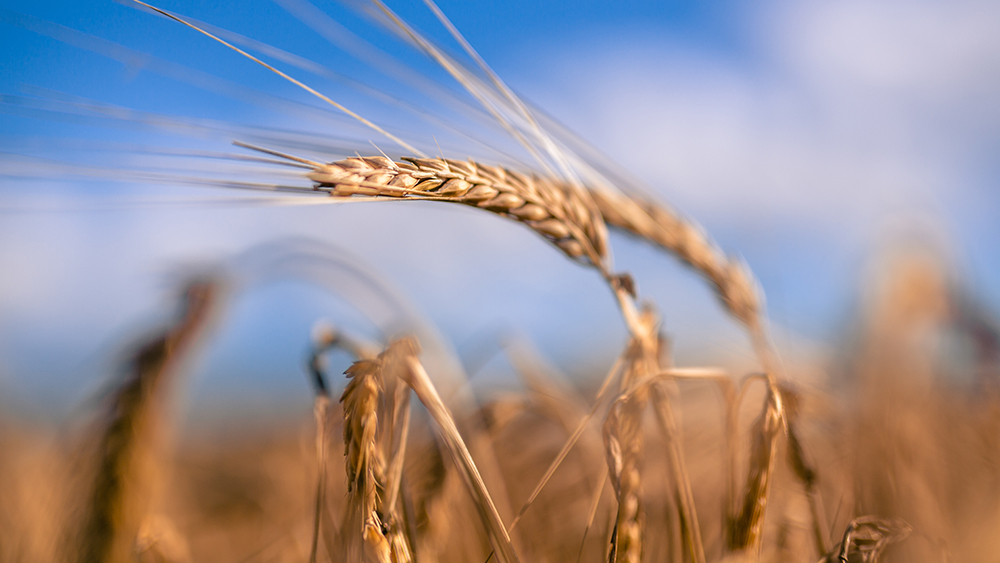
Bioeconomy provides consumers with increasingly safe, environmentally friendly and healthy food.
-
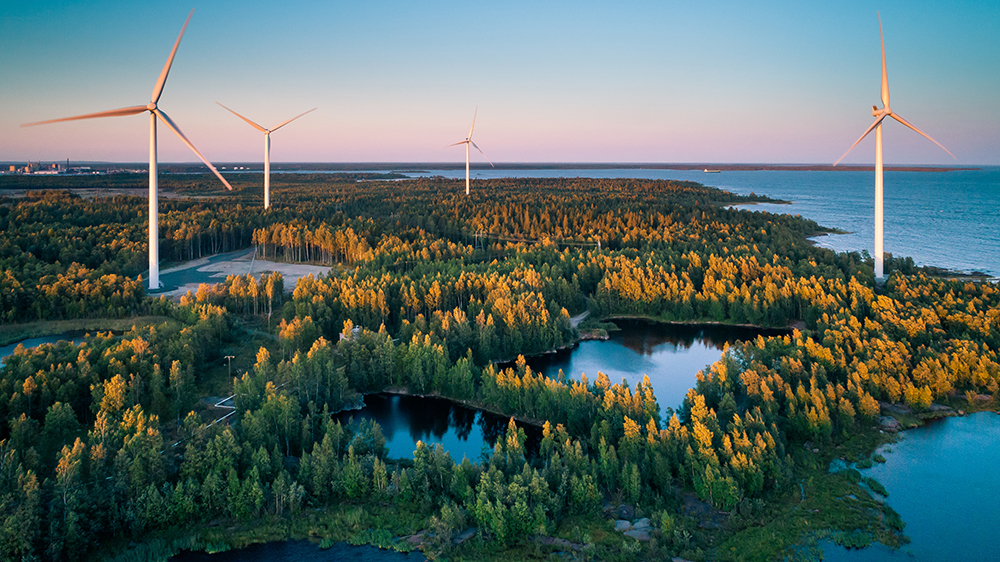
Freshwater is a valuable natural resource for Finland. It is vital to ensure that the status of Finnish waters is good and our fish populations thrive.
-
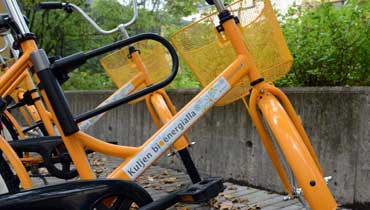
In Finland bioenergy comes from biomasses growing in forests, mires and fields, as well as organic wastes from municipalities, agriculture and processing industries.
-
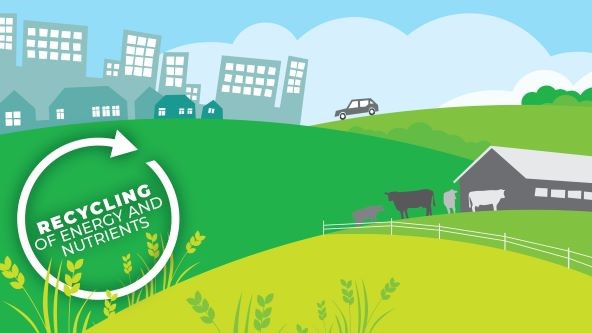
Good use of nutrients and energy »
Efficient recycling of nutrients in agriculture strengthens Finland’s food security and energy self-sufficiency and improves the state of waters.
-
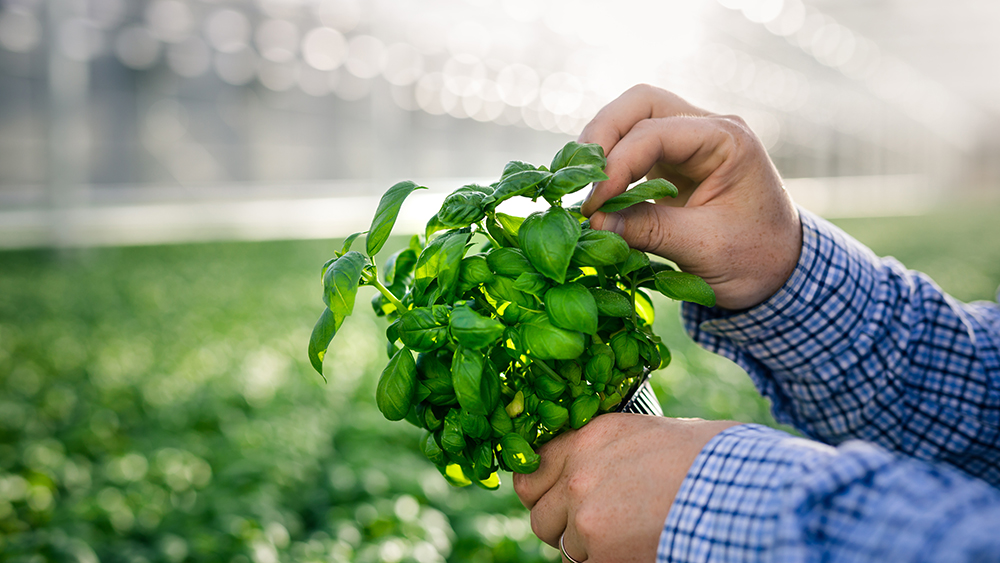
The core principle in sustainable development is to secure good living conditions for the present and future generations.
